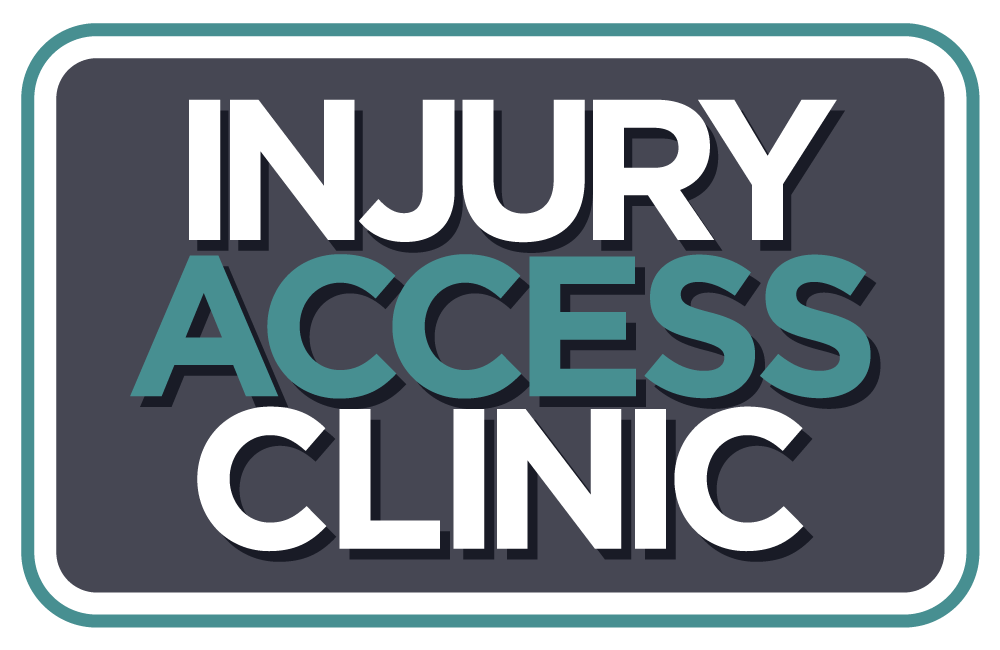FAST, EXPERT CARE WHEN YOU NEED IT
We offer our Injury Access Clinic at our Main Office Monday through Thursday, 8:00 a.m. – 4:30 p.m., and on Friday, 8:00 a.m. – 4:00 p.m.
We offer our Injury Access Clinic at our Main Office Monday through Thursday, 8:00 a.m. – 4:30 p.m., and on Friday, 8:00 a.m. – 4:00 p.m.

Health Articles
Health Articles
Each of the following health articles was authored by one of our expert orthopedic doctors at Orthopedic Associates. Please use the Learn More button to read the article in full.
Arthroscopic Surgery for Femoral-Acetabular Impingement (FAI)
This minimally-invasive surgical procedure is used to identify and correct problems in the hip joint, such as a torn labrum or damaged articular cartilage, that commonly result from femoral-acetabular impingement.
Transient Osteoporosis of the Hip
This is a sudden loss of bone density in the head of the femur. That's the ball that fits into the socket of your pelvis to form the hip joint. With transient osteoporosis, the femur's head weakens and your hip begins to hurt.
Snapping Hip
This is a snapping or a popping sensation in your hip. It may happen when you stand up, when you walk, or when you move your leg a certain way.
Slipped Capital Femoral Epiphysis (SCFE)
This disorder, which affects children between 10-15 years old, occurs when the head of the femur slips off the femoral neck. This misaligns the femur with the socket.
Perthes Disease
This condition is a deformity of the femoral head caused by a temporary loss of blood supply to the hip joint. Perthes disease usually affects children between four and 10 years of age.
Pediatric Femoral Fractures
This serious injury is a break of a child's thigh bone, called the femur.
Osteoarthritis of the Hip
Osteoarthritis, also called degenerative arthritis, is a gradual breakdown of cartilage in the joints. Cartilage is a tough, flexible connective tissue that protects the ends of bones in the joints.
Muscle Strain Injuries of the Thigh
Your thigh has groups of powerful muscles. The quadriceps, the adductors and the hamstring muscles handle high loads of stress. They may suffer from overstretching and tearing.
Muscle Strain Injuries of the Hip
The hip is where the femur meets the pelvis. Several strong muscles are found here. They handle high loads of stress. They may suffer from overstretching and tearing.
Loose Bodies in the Hip
Loose bodies are pieces of cartilage or bone of various sizes that have broken away and become trapped in a joint. Loose bodies usually have an irregular shape, but over time they may be worn down into a smooth, spherical or disc-shaped mass.
Labral Tear of the Hip (Acetabular Labrum Tear)
If your hip joint hurts, or if it catches or clicks when you move your leg, you may have a torn labrum. That's a rim of tissue that surrounds the hip's socket. It helps to deepen the socket and cushion the joint.
Inflammatory Arthritis of the Hip
This is a type of arthritis that can affect people of all ages. It's not the same as the most common form of arthritis, called "osteoarthritis." That type commonly comes from wear and tear.
Hip Fracture Prevention
A broken hip is serious and disabling. With a broken hip, you may not be able to care for yourself. Sometimes, complications from a hip fracture can lead to death. Avoid a broken hip with these basic safety measures.
Hip Fracture
This is a break of the upper part of your femur. The femur is the long bone in your upper leg. At the top of the femur is the "head." This is the ball that fits into your hip socket.
Hip Dislocation
With this injury, the head of your femur (which is shaped like a ball) slips out of your hip socket. It may slip forward or backward out of position. This can damage structures around the joint.
Femur Fractures
The thigh bone, also called the "femur", is the largest and strongest bone in your body. A femur fracture is a crack or a break of this bone.
Femoral-Acetabular Impingement (FAI)
This minimally-invasive surgical procedure is used to identify and correct problems in the hip joint, such as a torn labrum or damaged articular cartilage, that commonly result from femoral-acetabular impingement.
Degenerative Joint Disease of the Hip (Osteoarthritis of the Hip)
This condition is a wearing away of cartilage in the hip joint caused by arthritis, which can develop because of trauma, infection, age or autoimmune disorders.
Bursitis of the Hip (Trochanteric Bursitis)
This is an irritation or swelling of the trochanteric bursa. This small, fluid-filled sac is found on the outer side of the femur. It acts as a cushion for the iliotibial band, a thick tendon in your leg.
Avascular Necrosis (Osteonecrosis) of the Hip
This is a weakening and collapse of the bone in the head of your femur. That's the ball that fits in the socket of your hip. As this bone gradually dies and breaks apart, you can develop painful arthritis in your hip.
